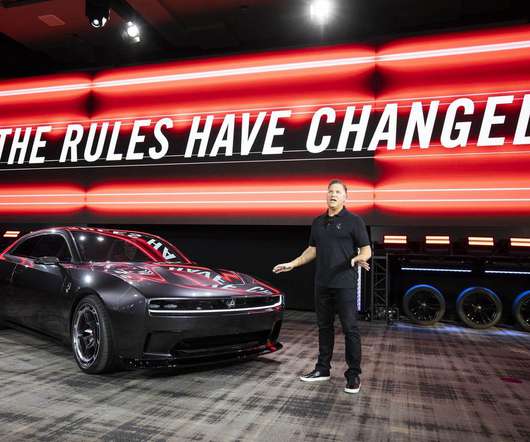Volvo Trucks, UMN partner with local fleets for extreme weather field testing of Volvo VNR Electric truck batteries
Green Car Congress
JUNE 23, 2023
The VNR Electric trucks will leave the warehouse at the beginning of the day with a 100% state of charge (SOC) and will ideally return near empty (~10% SOC) at the end of their routes to take full advantage of useable energy in the battery. The EMS also enables higher efficiency and longer range through advanced eco-route planning.












Let's personalize your content